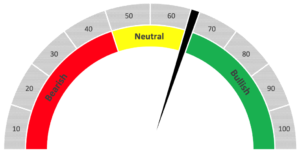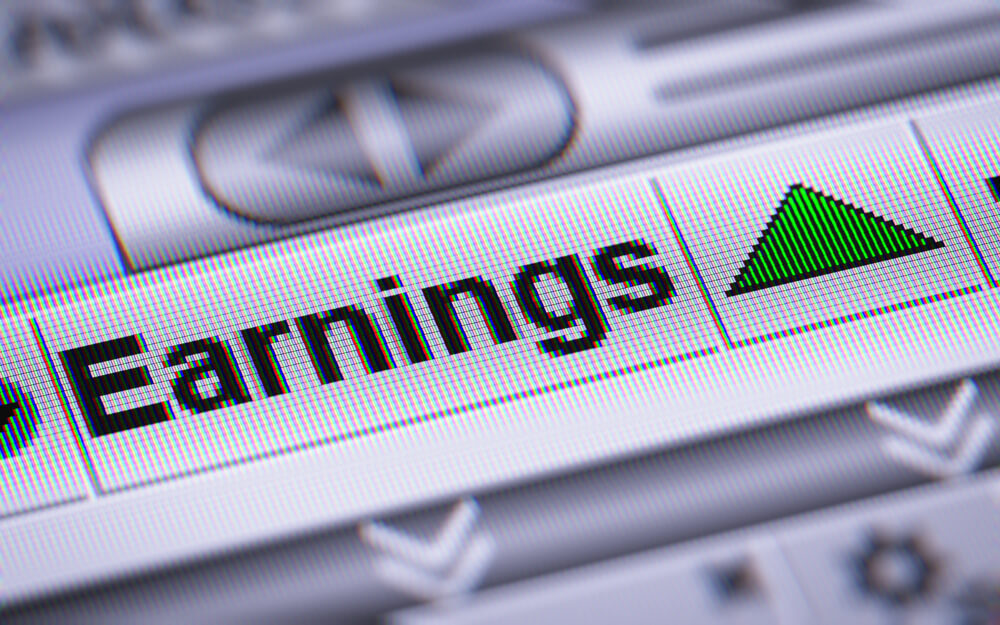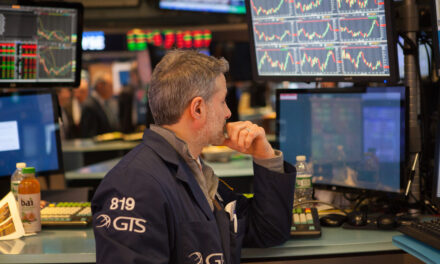Financial institutions make headlines for three very distinct reasons:
- They’re on the verge of going belly-up (see SVB Bank).
- Their CEOs love to make bold predictions (see any headline on CNBC or Bloomberg).
- They’re reporting quarterly numbers.
The rest of the year is focused on the ups and downs of tech stocks, CEOs getting fired (or gently replaced) and Tesla.
The financial sector just kicked off the third-quarter earnings season with a string of big bank earnings reports.
And, by all accounts, it’s been a pretty strong quarter for some of America’s largest banks.
Here are a few highlights:
- Charles Schwab (SCHW) earned favor with Wall Street after reporting it was paying down debt incurred when customers moved from deposits to high-yield bonds.
- Citigroup (C) reported a $0.20 beat on earnings per share.
- Goldman Sachs (GS) saw its profits jump 45% and beat earnings estimates by nearly $2 per share.
- Even Bank of America (BAC) got love from institutional investors despite a 12% drop in profits … mainly because those profits still beat Wall Street’s best guess before earnings.
- Last week, JPMorgan Chase (JPM) and Wells Fargo (WFC) saw their biggest one-day stock price increase since 2023 after reporting better-than-expected earnings for the quarter.
While financial stocks are having their day in the sun, I want to go back a little further to something I noticed.
It’s something that could provide a window into the immediate market future.
A Strong Month for Financials
There’s a sure-fire way to see what sectors of the market are pulling away from the pack.
That would be to seek out Adam’s Leaders & Laggards board, provided to his Green Zone Fortunes and Max Profit Alert subscribers.
I’ll give you a little sneak peek at some insights we can draw from the board.
Adam’s Leaders and Laggards board uses a simple trend-and-momentum algorithm that looks for an uptrend and short-term market-beating momentum.
I just ran the algorithm and the S&P Select Sector Financial SPDR Fund (NYSE: XLF) was among the highest-rated of all 11 S&P 500 sectors.
Here’s why:
In the last month, the S&P Select Financial Sector SPDR Fund (NYSE: XLF) is up 6.2%… second only to the S&P Select Industrials Sector SPDR Fund (NYSE: XLI), which is up 6.6%.
Going back even further, XLF is up 12.8% since a low in the second week of August. The S&P 500 is up 11.8% during the same time.
Keep in mind this all started before big financial institutions like JPMorgan, Goldman Sachs and Charles Schwab started reporting earnings last week.
Let’s take a deeper dive into XLF using Adam’s Green Zone Power Ratings system.
XLF After Bank Earnings: More Bullish Than Bearish
I ran XLF through what we call an ETF X-ray.
This means I examine each of the holdings individually and determine ratings based on the averages of all of those holdings.
Here is the result of that X-ray:
XLF Inching Toward “Bullish” Territory

Using the averages of all 71 holdings in XLF, the ETF earns a “Neutral” 59 out of 100 in Green Zone Power Ratings.
The ETF is on the cusp of “Bullish” territory.
The main reason is that 37 of the 71 holdings have a “Bullish” or higher rating, compared to just 18 that have an overall rating of 40 or below.
Digging into individual factors of Adam’s system, XLF is “Bullish” on both Momentum and Volatility … which is something worth watching.
The ETF’s main problem is that all 71 stocks score below 30 on Size. If not for that, this ETF would have a much higher overall rating. Of course, that makes sense when you consider most of these holdings are large financial institutions worth hundreds of billions of dollars.
Bottom line: Big American banks are, so far, reporting strong quarterly earnings.
If this trend continues, it only bodes well for the broader industry.
Momentum is strong with little volatility, so it is highly probable that financials will close out the year on a very strong note.
That’s all for me today.
Safe trading,

Matt Clark, CMSA®
Chief Research Analyst, Money & Markets





